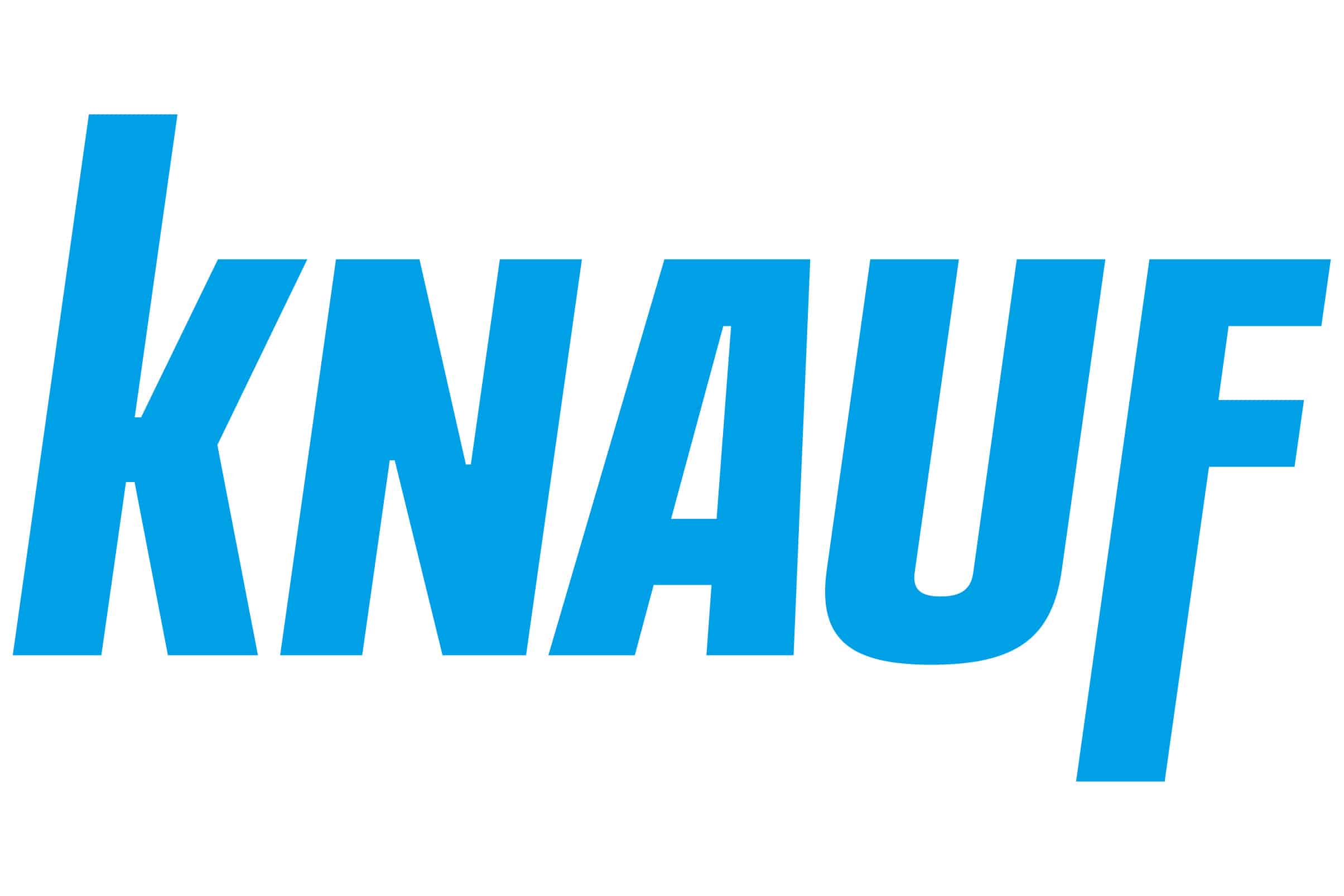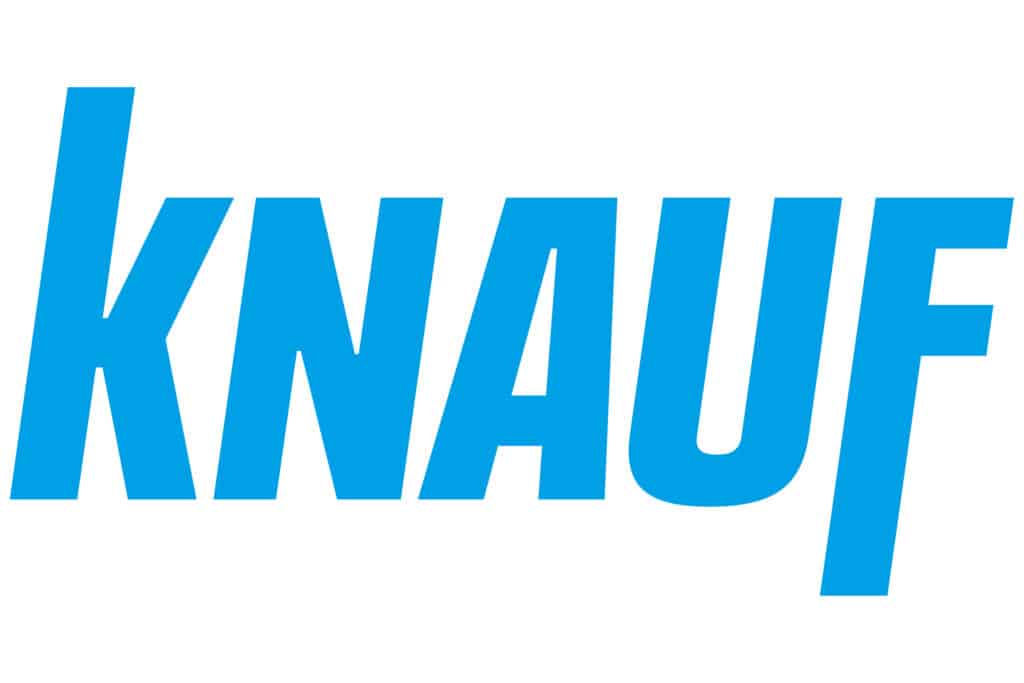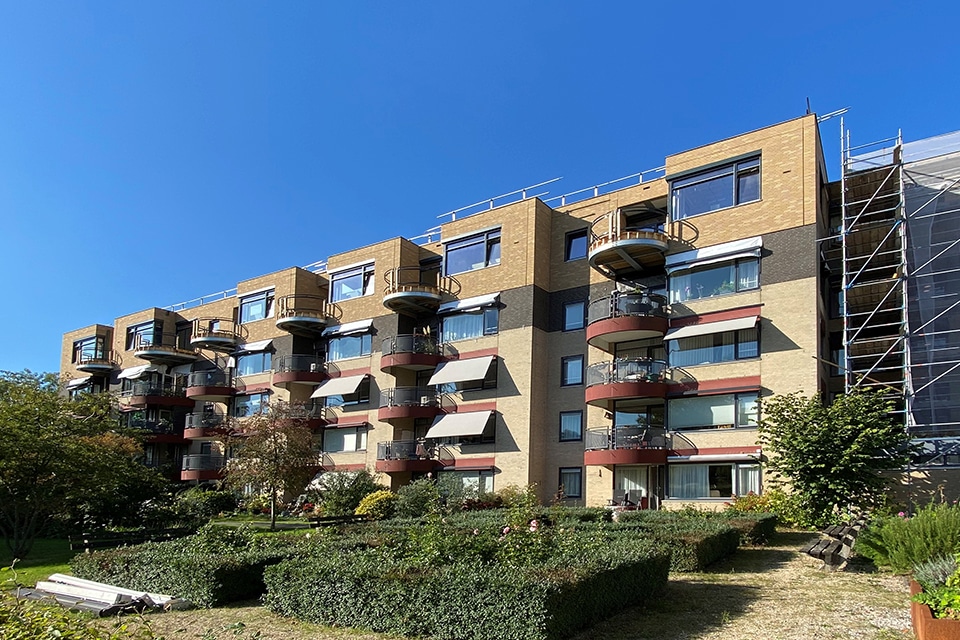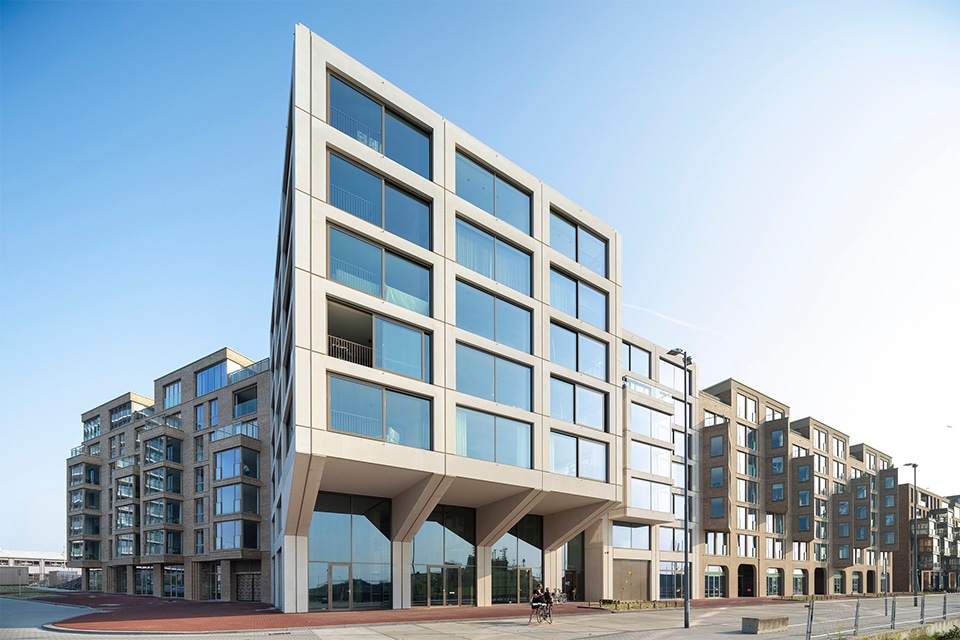
Partner in prefabrication
To cope with the tightness in the housing market, it is important to quickly add new and affordable housing. Prefab and modular construction can be a solution for this. "Whereas in recent years prefabricated elements were mainly used, we now see a growing trend toward module construction," said Niek Wouda, Market Manager Dry Construction at Knauf. "There are more and more factories in which complete houses are built together. As a manufacturer of innovative finishing materials and systems, we are happy to go along with this..."
"The prefab trend will transcend residential construction in the coming years," Wouda expects. "You can already see this, for example, in dry construction projects, where there is an increasing demand for efficient processes. This involves thinking very early in the construction process about dimensions, fastenings and assembly sequences, among other things, so that the materials can be assembled on site quickly, efficiently and in a single labor step. This trend will spread to other construction methods in the coming months and years. But also to precast plants, which also benefit from doing as little additional work as possible."

Quality and performance assurance
"Knauf has many specialists in-house. From technical specialists to building physics experts and BIM experts, who can think along with the client and architect from the design phase about the right systems and finishes for each project," says Wouda. "In doing so, we expressly take into account the wishes and requirements regarding insulation, fire resistance, burglar resistance and acoustics. Extensive test reports of all our systems are available. If desired, we can also perform a physical inspection during execution. Do the assembly and system construction meet our quality standard, which has been tested and proven by independent laboratories? Then we can guarantee not only quality, but also specific performance. KnaufZeker, we call that."
M'DAM in Monnickendam
Both dry build projects and precast projects increasingly demand total concepts. Not just for the facades, but for the complete home and/or building, emphasizes Maxim Sprong, Commercial Technical Advisor Prefab Industry at Knauf. "In order to optimally implement this, we actively seek collaborations with chain partners. Both in timber construction, steel frame construction and unit construction. But also with large contractor parties, who are increasingly setting up modular factories."
An example of such a contractor is De Groot Vroomshoop, with whom Knauf completed a major project in Monnickendam. "Residential building M'DAM was constructed entirely of ready-made Cross Laminated Timber (CLT) modules, into which our Knauf Brio dry screeds were cleverly integrated," says Sprong. "To ensure efficient assembly with no waste, all of our Brio floors were palletized and delivered exactly to size and in the correct assembly sequence. As early as the design and engineering phase, we inventoried the (performance) requirements regarding impact and airborne noise, the possible integration of cables and pipes and the production process, and translated them into a customized solution."

Grote Kerk in Hoorn
Knauf was also recently involved in the redevelopment of the Grote Kerk in Hoorn into a four-star boutique hotel and restaurant. "Important in this project was that the authentic outer shell had to remain intact," said Sprong. "Our relationship Steel Framing Holland therefore realized a construction with steel frame construction profiles that is separate from the building envelope. Part of this wall construction are our structural Knauf Diamond Board X plasterboard panels. These boards were delivered tailor-made, in a specific length dimension and with a beveled side instead of full side. In addition, the boards were delivered in 20 instead of 40 pieces per pallet to facilitate transport within the church. That, too, is customization, in our opinion."

Change in mindset
The demand for precast also has implications for Knauf's products and systems, says Wouda. "In the 'new market,' it's not just the products that are decisive, but especially how these products fit into the overall treatment process. This requires a change in mindset. For example, the plasterboard sheets that were screwed on construction in the past are often stapled or nailed in the precast process. The products must be suitable for this. Our R&D department puts very high emphasis on this." Also, more and more work is being done by machine rather than by hand. "To ensure optimum efficiency in this area as well, products must be delivered differently, for example." Sprong: "We supply our plasterboard panels with facing side to facing side as standard. For a mechanic on the job, that's fine. A precast company, however, prefers to receive the boards with the face side up, so that they can be lifted with a mechanical vacuum lifter and processed immediately. This is what we take into account with the palletization." Wouda: "A final interesting change is that more and more people are looking for integrality and complete concepts, in which different systems as well as installations are integrated. We also like to play a role in this. Both with our chain partners and with our sister company Knauf Insulation, with whom we also carried out the Grote Kerk."
Heeft u vragen over dit artikel, project of product?
Neem dan rechtstreeks contact op met Knauf.
 Contact opnemen
Contact opnemen





